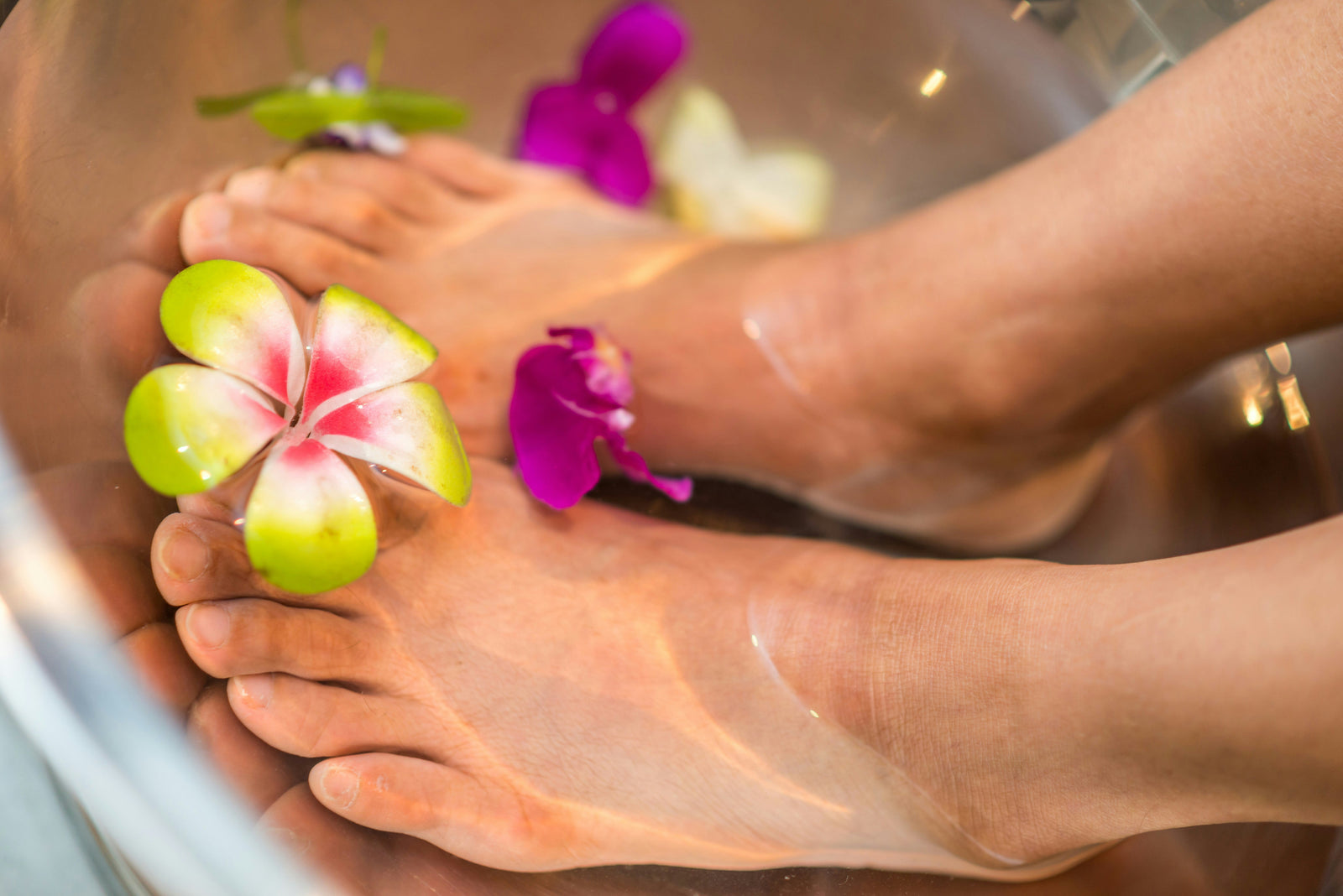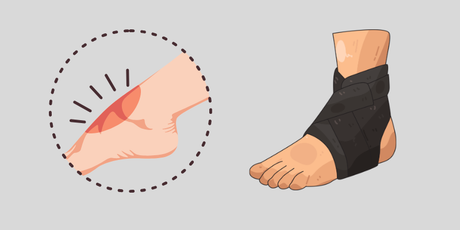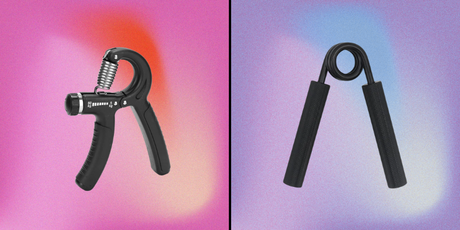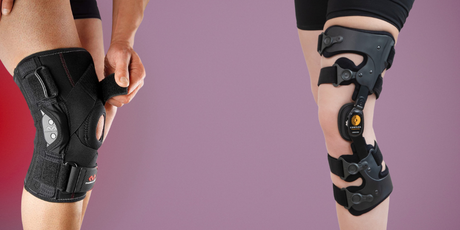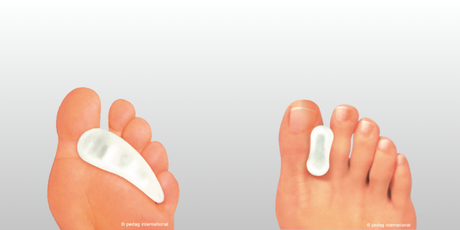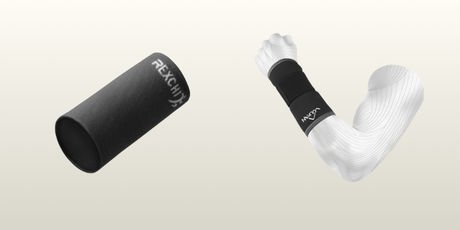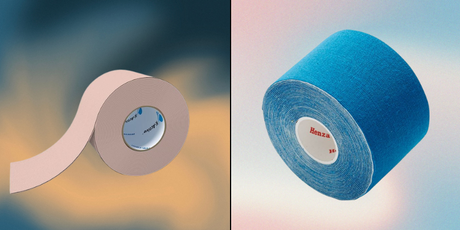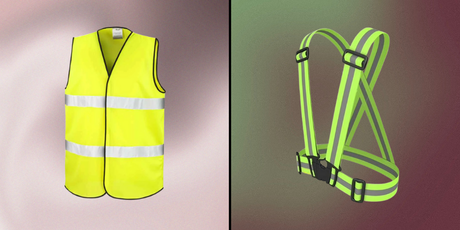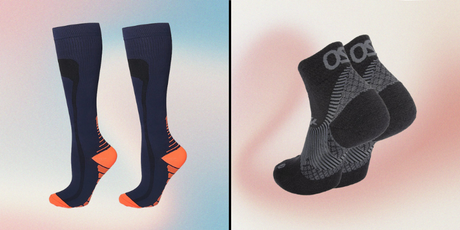Corns and calluses are common foot problems that occur when a small area of skin is subjected to repeated pressure or friction. This often happens when wearing shoes that press, slant and load unevenly, or because of other problems with the toes or foot. Although harmless, these conditions can be very painful and have a negative impact on everyday life.
What are corns and calluses?
- A corn is a small, hard callus with a core that often sits on or between the toes - usually between the toes, on the forefoot, or where the skin is stressed or rubbed. It pushes inwards into the skin and can cause intense pain.
- A callus is a more superficial thickening of the skin, without a core. It occurs when the skin protects itself from pressure over time - often if you get calluses from shoes, exercise or walking patterns.
Symptoms - How to recognise Corns and Calluses
-
Thick skin in a small area that feels hard and tender
-
Pain and discomfort when pressing or walking
- A feeling that something is ‘pressing against your foot’
-
Corns on or between the toes can cause severe, localised pain
- With diabetes and reduced sensation, ulcers on the foot can also occur - important to be extra careful
Causes - Why do you get corns or calluses?
These problems are often caused by:
- Shoes that are too tight, pointed or without enough cushioning
-
Walking at an angle and putting uneven weight on your feet
- Other problems with the toes, such as hammertoes or a lowered arch
-
Putting weight on the foot in the same place over and over again
- Underlying conditions that affect circulation or walking patterns
Treatment of calluses and corns
The key to treating calluses and corns is to reduce the pressure on the areas where the skin is stressed. Here are some recommended steps:
Self-treatment at home:
-
Foot bath - Softens the skin and makes it easier to gently file away the outer layer of the hard skin
-
Sandpaper file or foot file - Used softly and gently to remove excess skin
-
Emollient creams, e.g. foot cream or other emollient skin cream, help prevent the skin from becoming hard and thick again
- Keratolyticointments can be used for stubborn corns
-
Corn plasters - relieve the inflamed area
-
Shoe inserts - help to even out the load on the foot and reduce pressure where the problem is
✅ Tip: You can try using shoe inserts.
When should I seek medical attention?
You should contact a health centre or podiatrist if:
-
Your symptoms don't go away despite self-treatment
- You have diabetes and need help to avoid complications
- There are ulcers on your foot or signs of infection
-
The corns come back despite relief
- You have other problems with your toes or foot that affect your gait
Professional foot care can then offer treatment with relief, shoe inserts, customised protection and advice on footwear and walking style.
Prevention - How to avoid new problems
- Wear shoes that provide enough room, cushioning and support
- Avoid shoes that press against the foot, especially at the toe joints
-
Relieve and reduce pressure with good insoles and inserts
- Keep skin soft by using foot cream regularly
- Avoid getting a callus by changing shoes often and not walking barefoot on hard surfaces
Treating corns and calluses is about identifying and relieving the problem by reducing pressure on the skin and removing the hard skin. Foot baths, ointments, shoe inserts and the right footwear can treat and prevent corns and calluses from coming back. For more serious problems, you should seek medical attention - especially if you have diabetes, infection or other conditions that affect sensation and circulation.
